
In this regard, Western military experts tried to find out what the new Russian weapon is and what threat it can pose. According to Reuters, arms control experts say the weapon violates most nuclear deterrence rules. They estimate it can carry a 2-megaton warhead and may be powered by a liquid-metal-cooled (LMC) reactor.
Moreover, Putin claims that the power of the "torpedo ship of the day", as this development is sometimes called, seems to surpass even the most promising intercontinental nuclear missile "Sarmat". In turn, experts from Army Recognition described in detail the situation with the Russian nuclear torpedo.
The analytical material states that "Poseidon", also known under the index 2М39, is a large autonomous underwater vehicle with a nuclear power plant, designed for long ocean crossings and delivery of powerful charges to coastal targets. However, estimates of its parameters — speed, depth, type of reactor, combat power — are to some extent speculative and often repeat the versions voiced by the Russian side since the device appeared in public discussion.
The special submarine K-329 "Belhorod" (project 09852), which was transferred to the Russian Navy in 2022 and which is traditionally mentioned as a potential carrier for up to six such devices, is considered the carrier for "Poseidon". At the same time, the scale of deployment is limited: two or three submarines and a small number of 2M39 machines do not allow us to talk about the creation of a full-fledged fleet for such weapons.
Experts also noted that even with the successful integration of the propulsion system, key questions remain open: accuracy of guidance at intercontinental distances, stealth, management in deep-sea areas, and the safety of transporting a nuclear warhead. Without confirmed test data, these characteristics remain only guesses.
However, if the declared parameters at least partially correspond to the project ones, "Poseidon" can become an element of the so-called "second strike" — secret, slow, but guaranteed. Thus, in the case of a crisis situation, a nuclear torpedo can lie at a depth, and then accelerate to reach the goal.
For example, a 3,300 nautical mile (6,100 km) passage from the Norwegian Sea to the US East Coast at 50 knots would take 66 hours, and up to 110 hours at 30 knots, but much of the journey would be at lower speeds to maintain stealth. At the same time, despite Western developments in the field of ocean monitoring and underwater detection, neutralizing such a device is an extremely difficult task. According to analysts, such a scenario will resemble a "cat-and-mouse" game.
At the same time, talk that the use of "Poseidon" will cause a tsunami raises questions. The fact is that the torpedo, most likely, will carry a charge of less than 23 kilotons, and as you know, the explosion of the American Baker bomb on Bikini Atoll on July 25, 1946 did not cause a tsunami a hundred meters high. However, experts emphasize that the use of such weapons is associated with enormous risks.
An underwater nuclear explosion near the coast will lead to mass destruction, radiation contamination and strategic escalation, which effectively means the transition to an exchange of nuclear strikes. "Strategically, a nuclear strike on or near NATO or US territory will almost certainly be seen as the use of strategic nuclear weapons, which will entail a retaliatory strike in accordance with the existing doctrine.
It is this escalating ladder that explains why many analysts believe that the main value of "Poseidon" is psychological and political, and not a change in the nuclear balance," the experts concluded. Earlier, Vladimir Putin announced the successful test of the promising Burevisnik missile with a nuclear power plant.


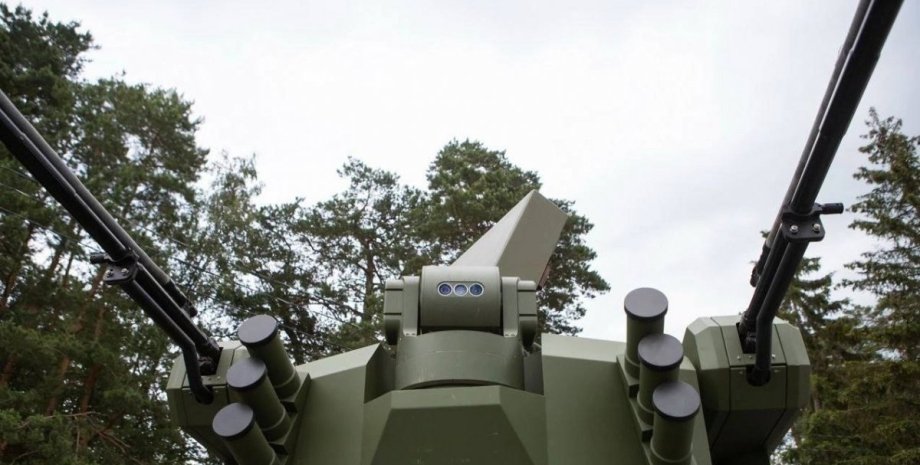
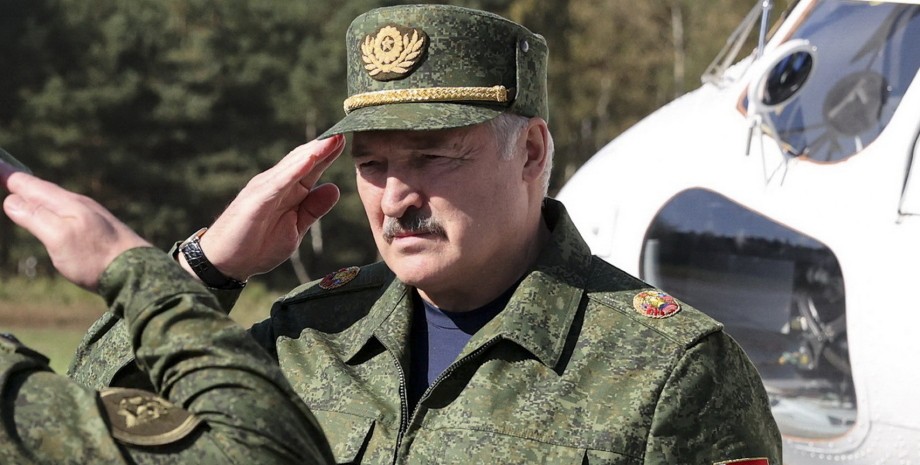
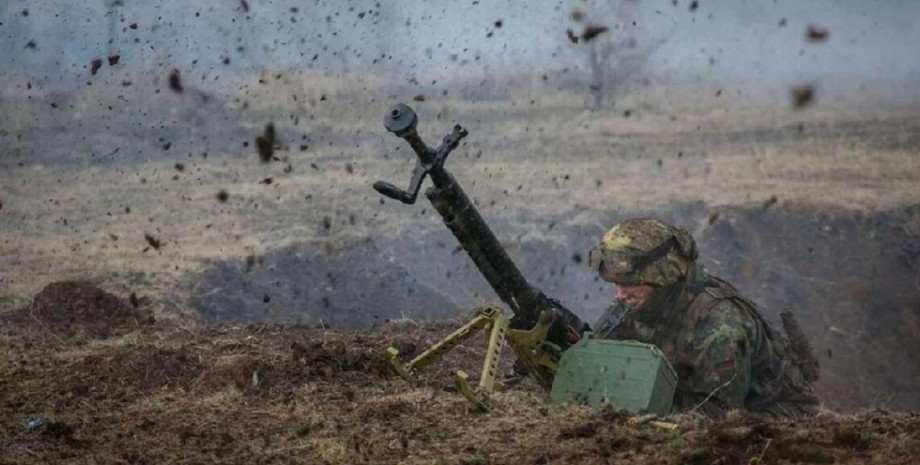

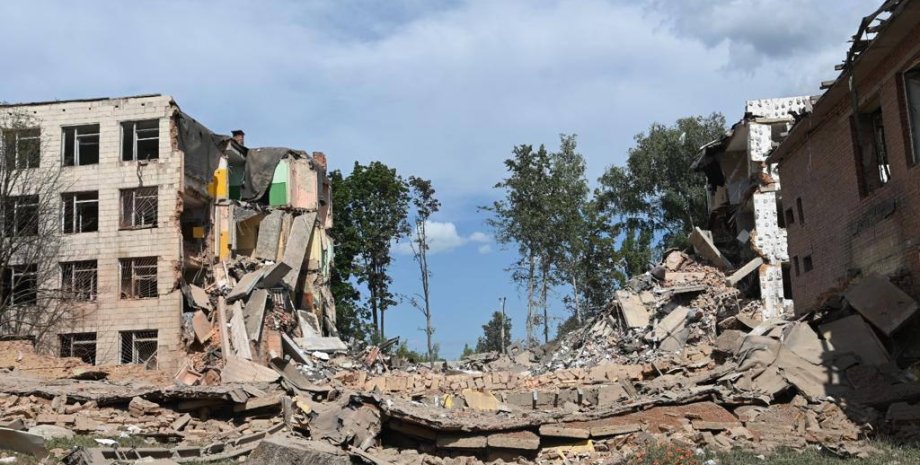
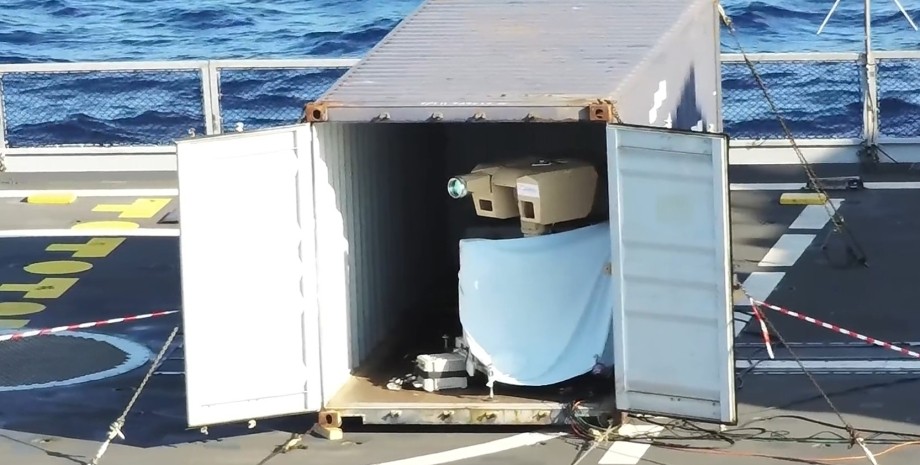

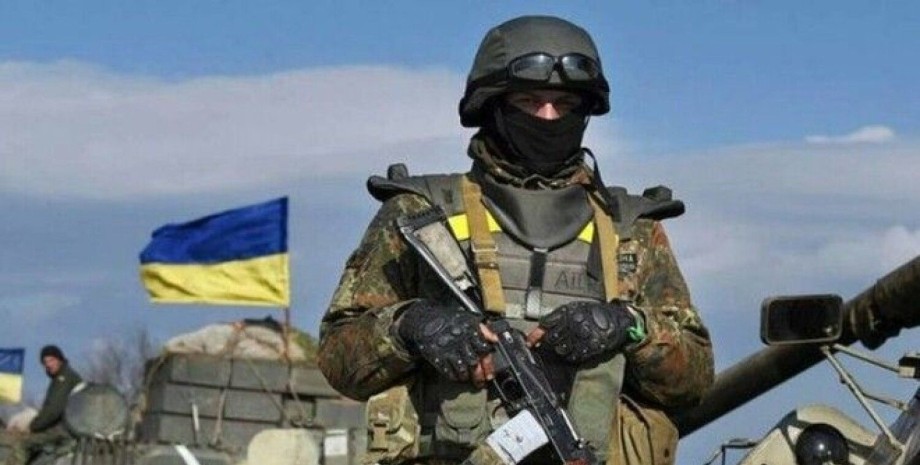
All rights reserved IN-Ukraine.info - 2022